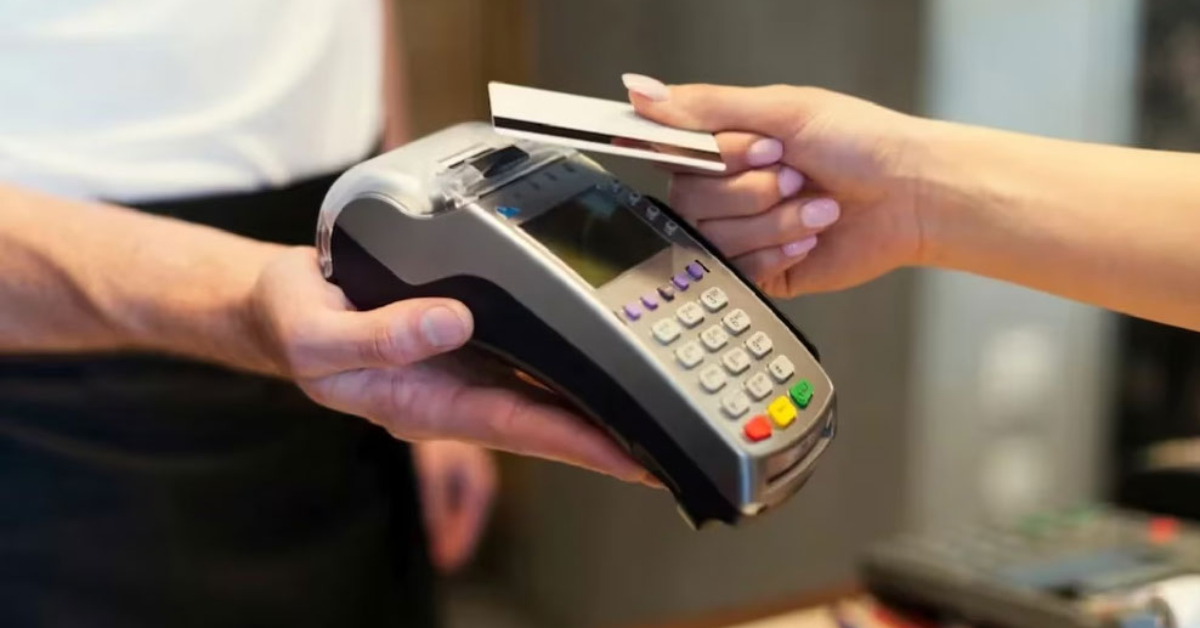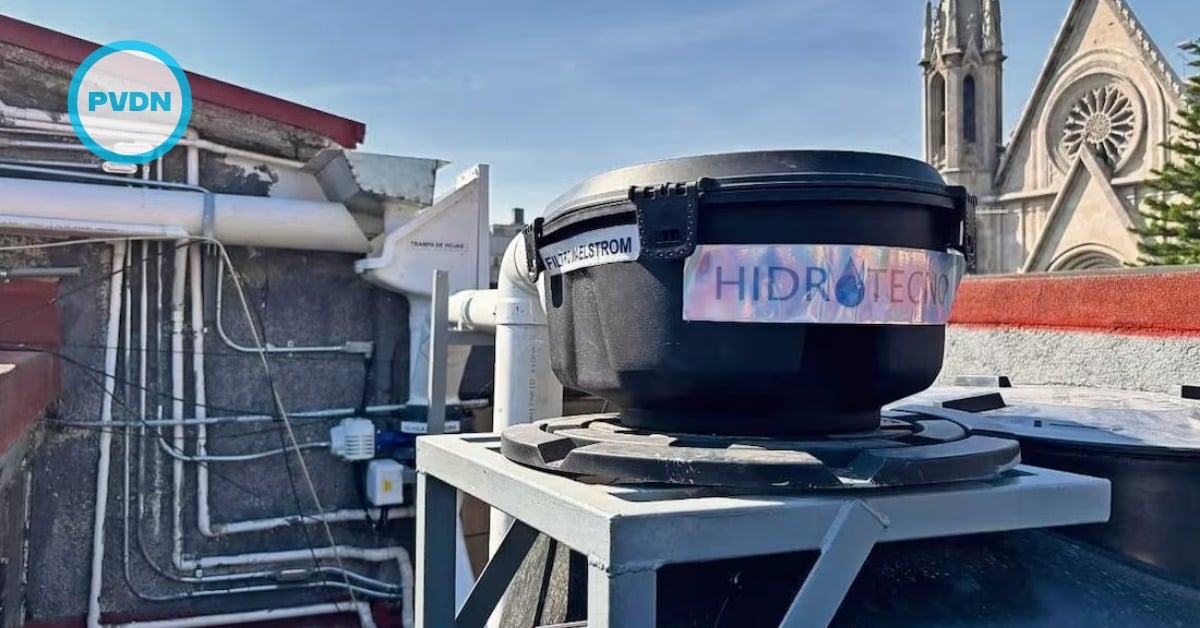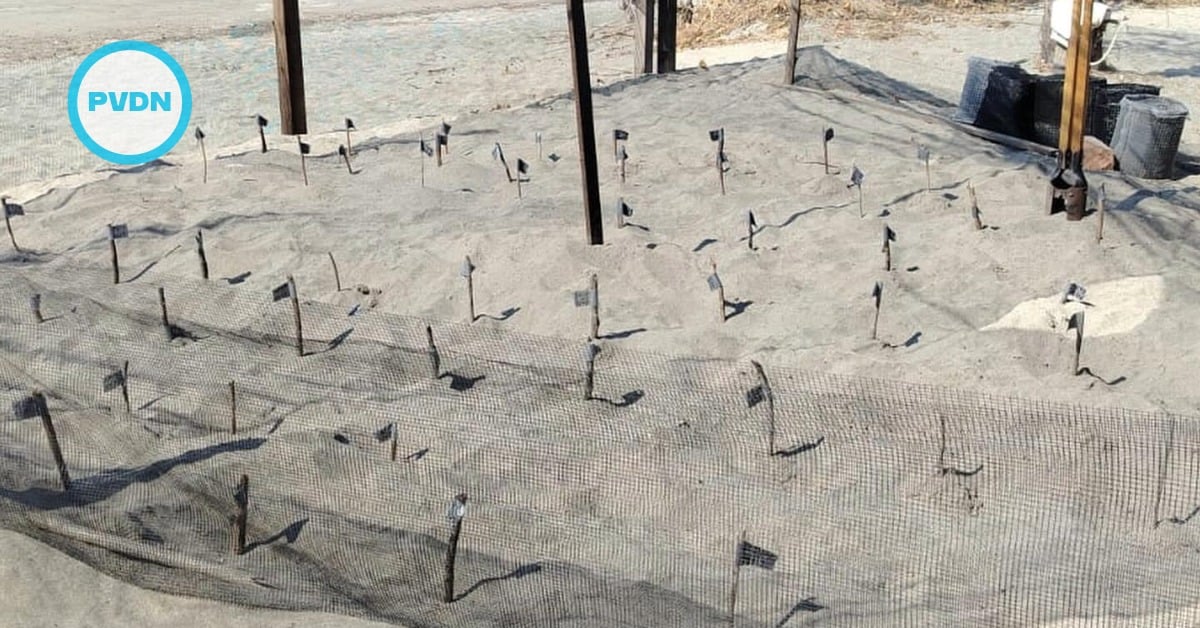Puerto Vallarta (PVDN) - The issue of what social class one belongs to in Mexico is often a matter of debate among those who discuss it, since there are no established parameters that define the social class in Mexico. Although the National Institute of Statistics and Geography (…






